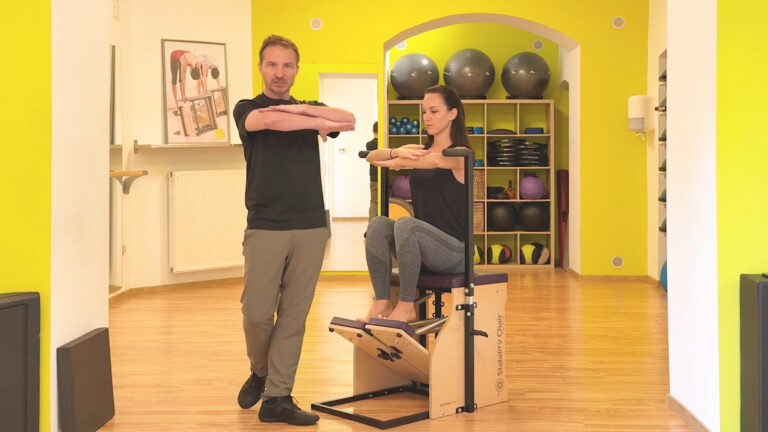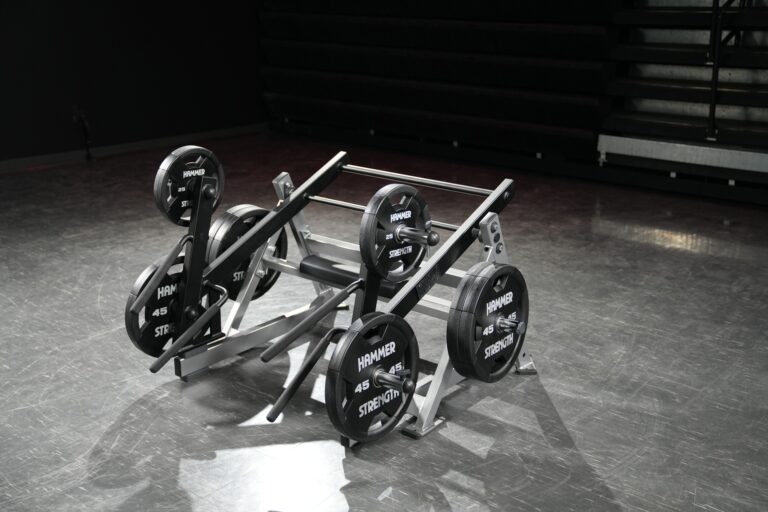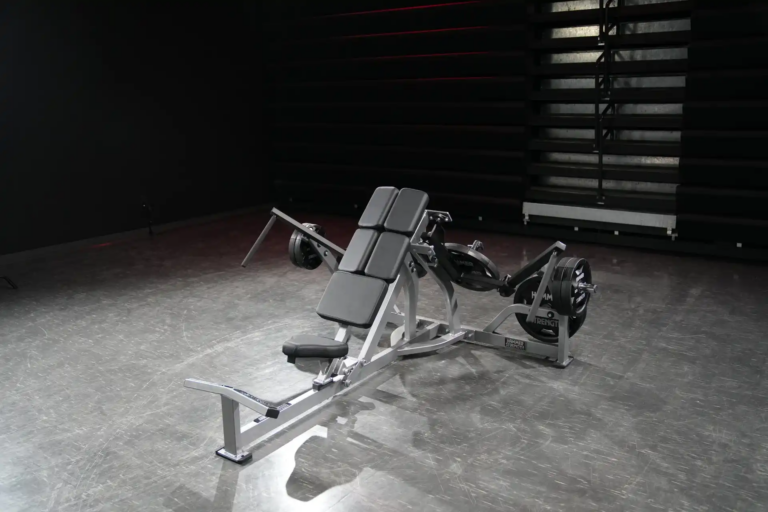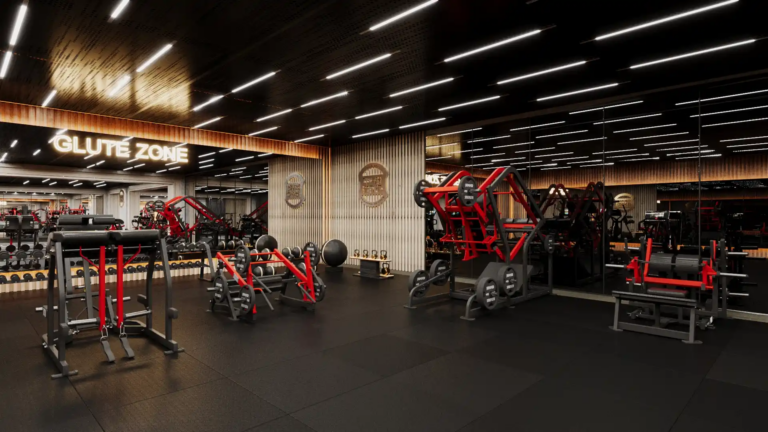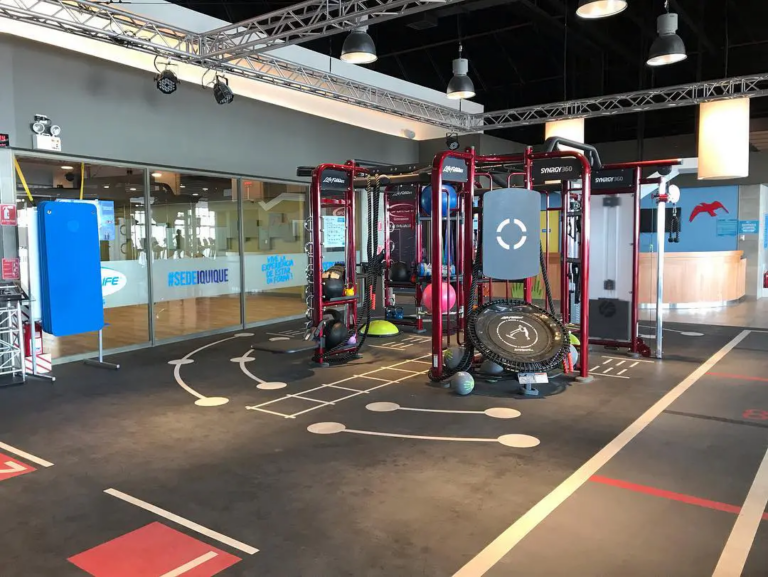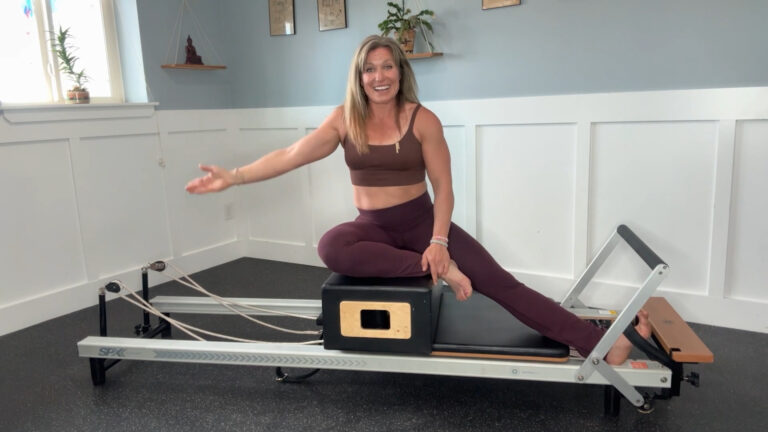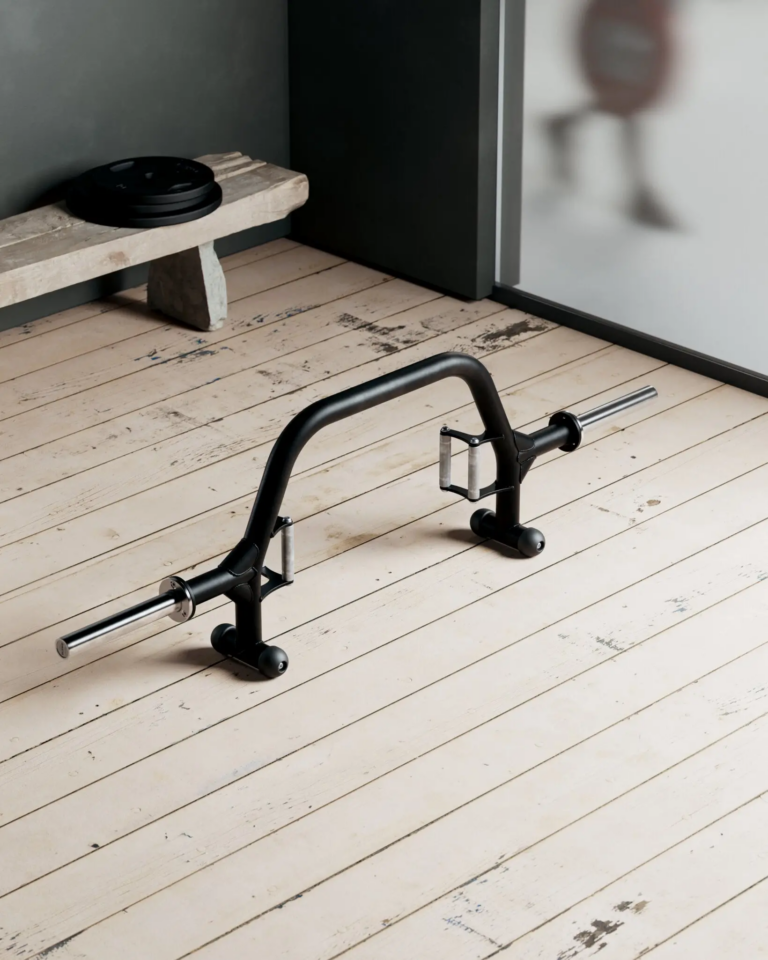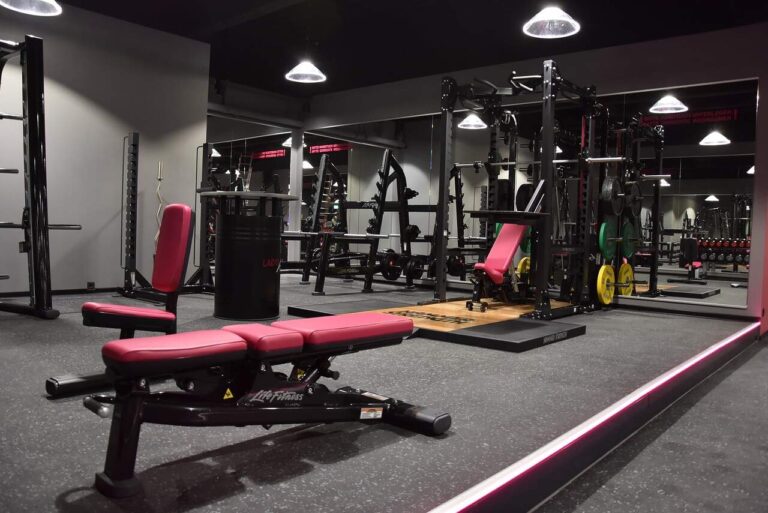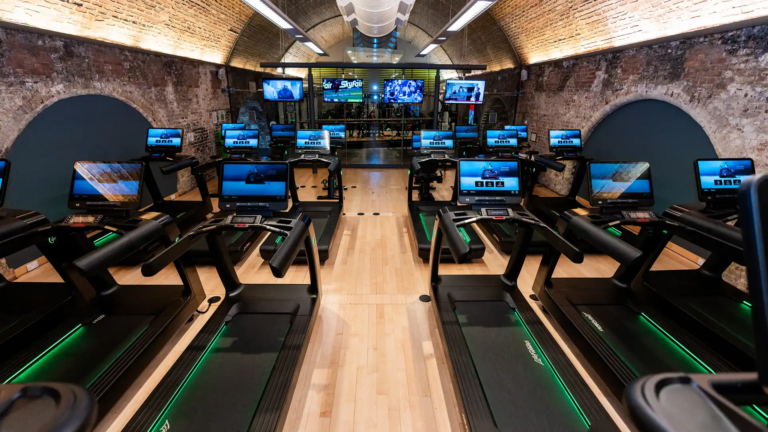Ask the Expert: Instructing clients after a long break

“The days are longer, the nights are shorter, the sun is shining, it’s noticeably warmer, Summer, every single moment is worth its weight in gold, Summer is like the world’s best story that’s waiting to be told.”
These are the immortal words of Phineas and Ferb, beloved stepbrothers in the popular eponymous kids’ cartoon.
They somehow ring true to those living in the Northern Hemisphere. Many of us are returning to activity from a winter of hibernation. It’s time to dust off the sneakers, pull out the shorts and get back to moving and playing.
We know that fitness and performance levels were likely higher before the winter brought us indoors, but can we really expect to return to the same form after what may be months of inactivity.
The same can be true for someone returning after a long break due to injury or illness. Before getting completely up to speed, there are some things to keep in mind to avoid overtraining and injury.
As trainers, it is up to us to monitor our clients, outlining a program that will get them back to moving slowly, ensuring a safe and measured increase in performance level. Here are some things to keep in mind when seeing clients again after a long break:
Know Your Baseline
You may have a good idea of where your client was before a pause in his or her Pilates exercise. You may have even kept a detailed file with program data. However, your client’s fitness level may have decreased, maybe even substantially, so it is necessary to gather your baseline data again.
This may include static and dynamic postural assessments or movement screens that measure current mobility and stability capabilities. Use whatever tools you would normally employ with a new client. Then you’ll know your exact starting point and be able to effectively plot an updated Pilates workout. Remember to make your client aware of where they are currently, and help them understand that it isn’t unusual for levels to drop during times of inactivity.
Slow and Steady
It’s natural to want to improve your fitness level as quickly as possible, but starting slowly is key. It will take the neuromyofascial system some time to come back online. Start with some basic moves to strengthen the core and periphery, explore range of motion and balance, and don’t forget to focus on breathing.
In some cases, it may be more effective to have more frequent shorter Pilates workouts that fewer longer ones, for example, 30 minutes four times a week may be better than one two-hour workout. Setting periodic goals will help your client see their progress, and remember to re-assess and re-test frequently to help keep them motivated.
Prepare for the Activity
It is important to make sure the training routine matches the sport or activity of choice. For example, if your client intends to play tennis, a session exploring the benefits of mat Pilates focused mainly in the sagittal plane (forward and back), may not be ideal.
You would need to include some upright tasks that contain rotational and frontal plane (side-to-side) movements. A well-rounded program will consider the physical requirements of the activity, and ensure adequate strength and mobility is targeted.
Too Much of a Good Thing
Many of our clients are excited to be active again and want to go all out right at the beginning. Be aware that doing too much too soon is a recipe for injury. One of the greatest assets in ensuring a safe return to activity, is increasing mindfulness.
Being aware of how the body is feeling at all times will help prevent overdoing it. Beginning an exercise session with a few minutes of quiet breath work can help bring focus to how the body is feeling. Also, paying attention to the warning signs, twinges, joint grinding and popping, and stopping as soon as discomfort occurs, will help keep the body on the road to a strong summer of physical enjoyment.
Leave it to the Pro
Clients who return to a trainer after a long break are looking for guidance. As a movement professional, it is your job to give them the best program possible, while keeping in mind any limitations. Once you’ve established current levels and set reasonable goals, keeping your client motivated may pose its own challenges.
They may be discouraged by the decrease in their fitness level, or the time it will take to get them back to where they were before the break. Remind them that returning to previous levels of strength and mobility will take considerably less time than it did to achieve them in the first place. Careful guidance and a measured, knowledgeable approach will help them trust and follow your direction.
No matter the reason for the break, returning to movement will challenge both the client and the Instructor. But by working together as a team, setting and achieving goals along the way, you will be able to take part in whatever activity makes you smile.
Source: https://www.merrithew.com/blog/post/2022-04-27/ask-the-expert-instructing-clients-after-a-long-break

